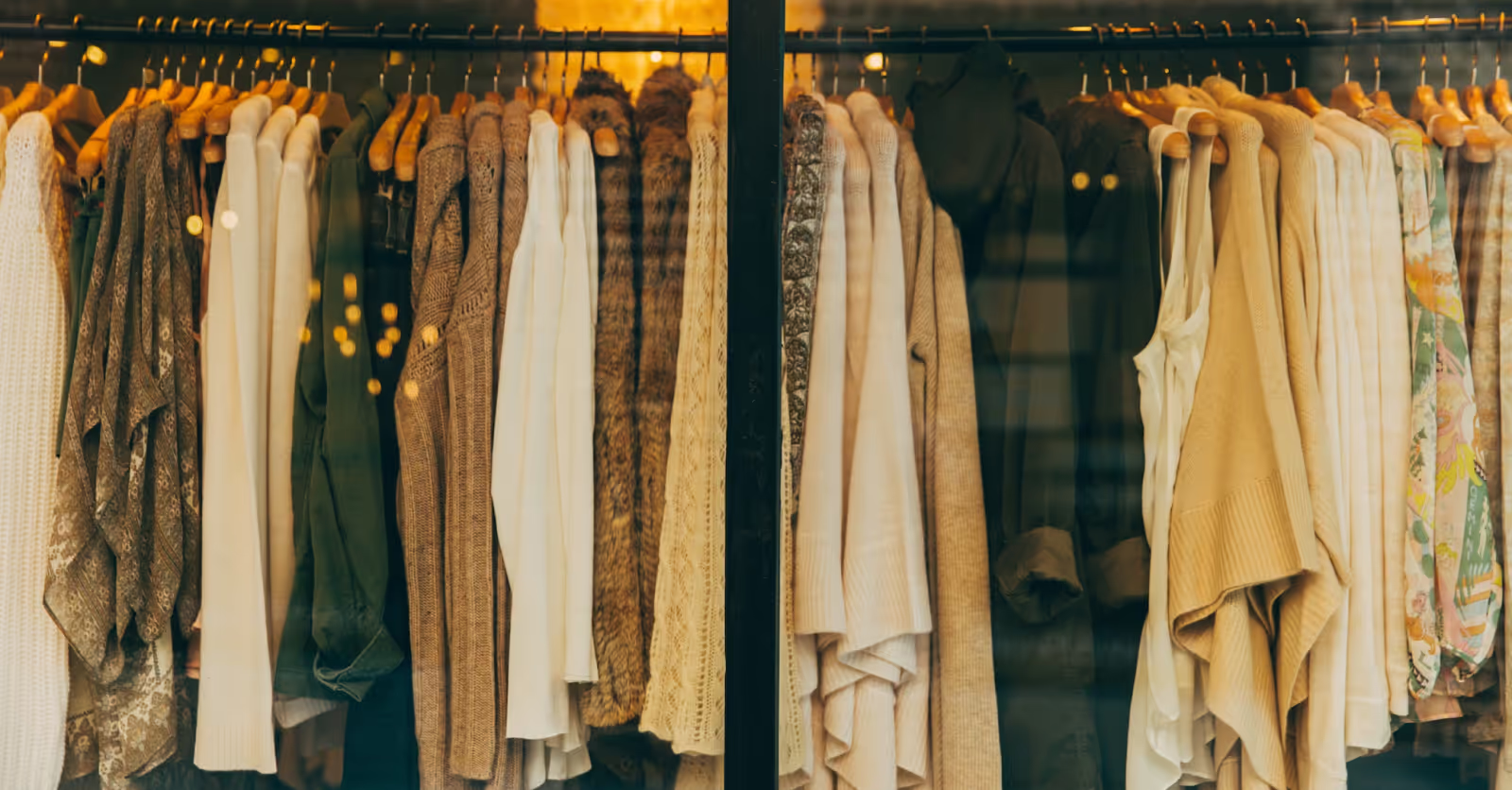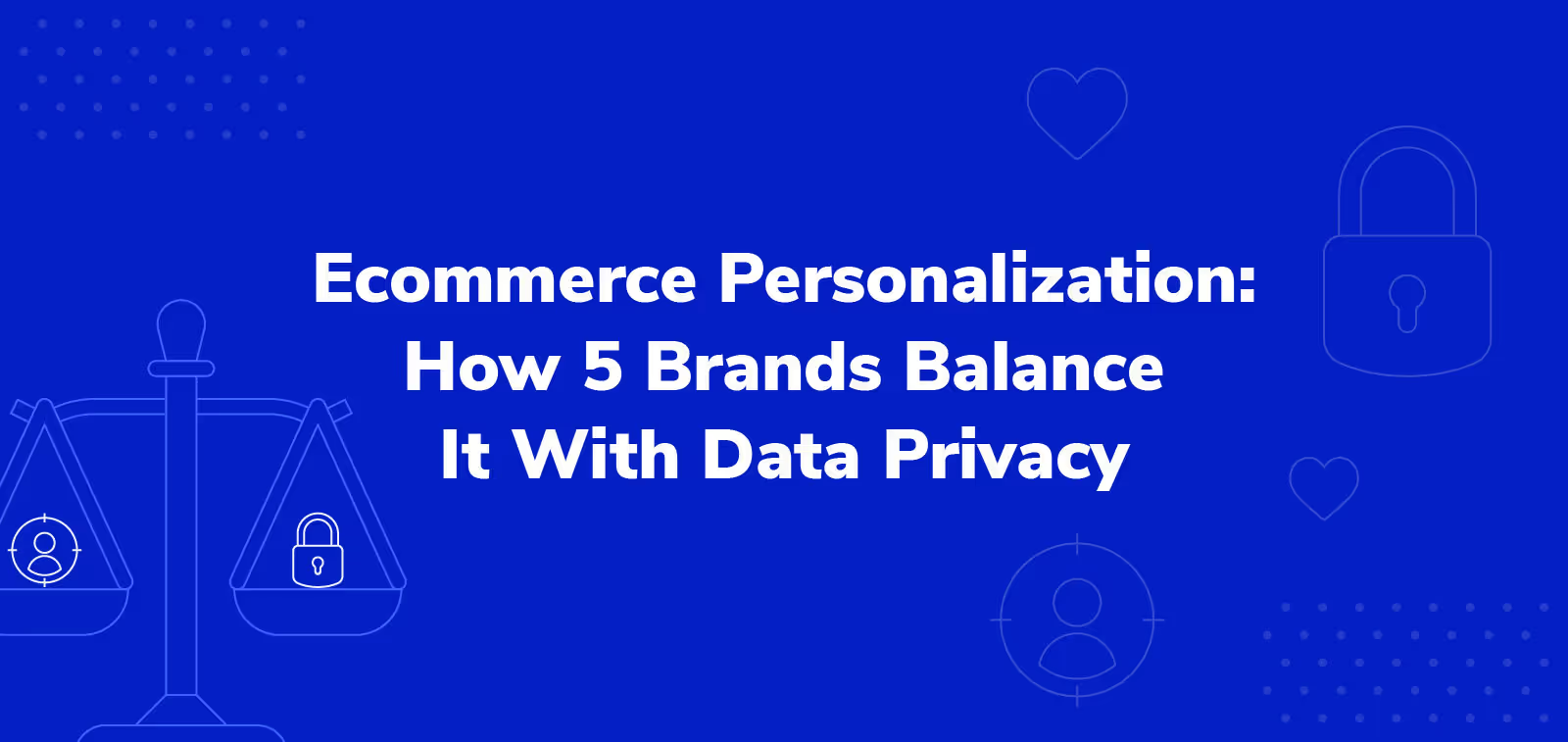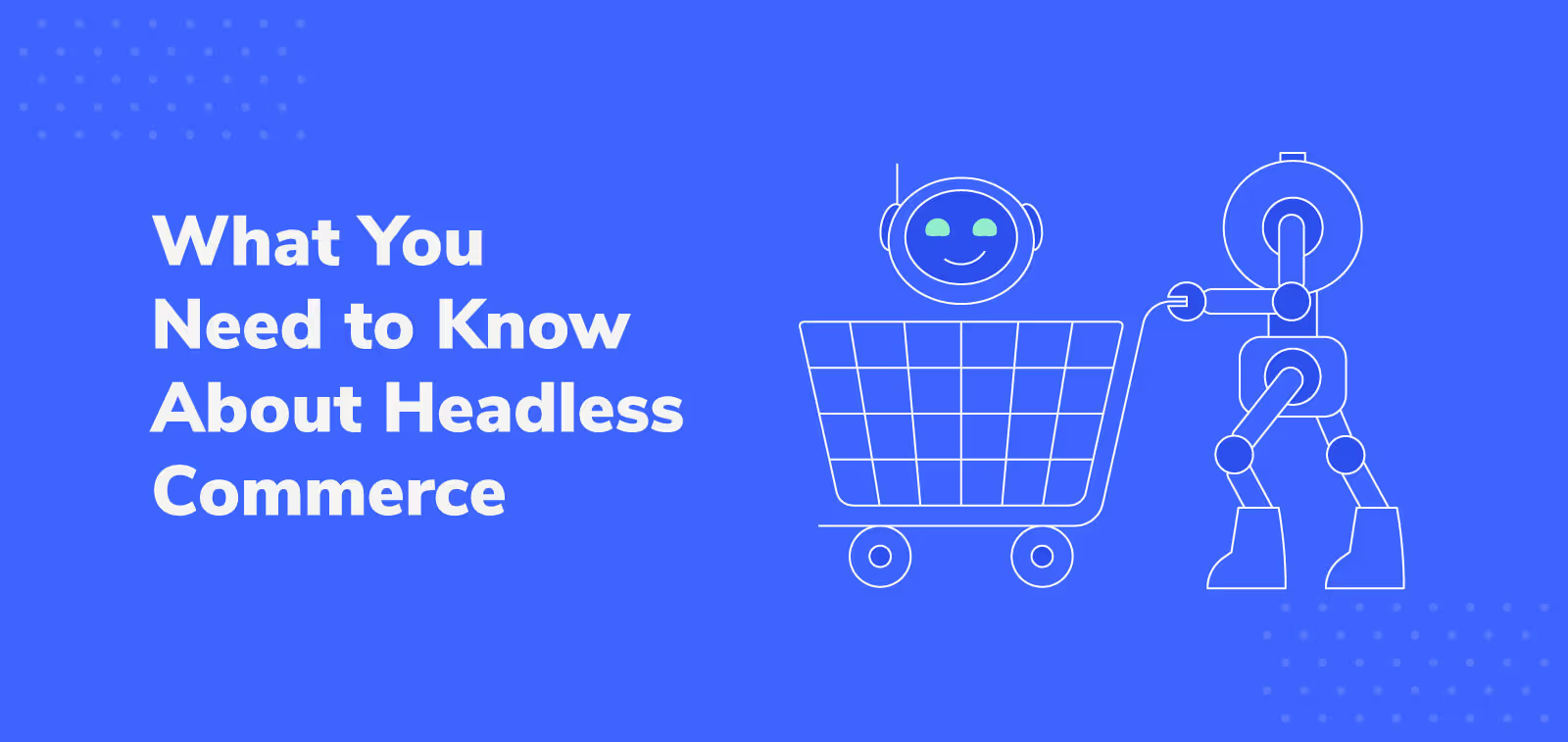7 Customer Engagement Examples to Inspire Your Marketing

Customer loyalty — a primary goal for every business — depends on successful customer engagement. If the customer finds value in your ads, emails, product photos, or offers, they’ll click, join an email list, or ideally: purchase.
Customer engagement starts with understanding customer needs and then generating customer interactions as a result of meeting those needs. Easy, right? Keep reading.
Before you put together a customer engagement marketing strategy, check out these seven examples of customer engagement. You’ll find yourself in a better position to create experiences that boost customer retention.
1. JBL: Promote sustainability efforts
Electronics retailer JBL knows that well-designed products sold at the right price are often not enough to create engaged customers. Many consumers will happily switch to a competitor if they learn a product hurts the environment. But companies that act for the good of the planet will likely keep more of their existing customers.
With an entire section of their parent company’s website devoted to their sustainability efforts, JBL boosts consumer confidence in their products.
In a recent consumer survey from the Havas Group, 53% of respondents said they would “pay more” for a brand that “takes a stand” on issues they care about. Taking a stand, though, isn’t enough — they have to follow through. The same study reveals that 71% of consumers doubt companies actually do so.
Besides devoting online real estate to their environmentally friendly activities, JBL’s parent company, Harman, publishes an annual sustainability report showing how they’ve delivered on their promises. In 2022, they developed six new products made from 90% recycled plastic, and employees raised thousands of dollars for more than 48 charities.
2. BlendJet: Increase social media engagement with sweepstakes
Popular portable blender manufacturer and retailer BlendJet uses social media giveaways and shoppable posts to increase engagement and get their products into their followers’ hands.
Meaningful social media engagement is a challenge because organic reach is dropping. Take Instagram: in a 2023 study from Rival IQ, brands with both small (<10K) and large (>200K) Instagram follower counts saw declines in story reach from 2021 to 2022. The algorithm wasn’t any kinder to regular posts.
BlendJet realizes consumers are happy to engage with posts in the hope of getting something for free, so the brand sponsors occasional Instagram giveaways. To extend their reach, BlendJet partners with widely followed social media influencers like Grande Cosmetics, which has 261K followers.

To increase their reach even more, BlendJet could pay to boost the above Reel to users with certain characteristics and add a hashtag so it appears in the feeds of users who follow that hashtag.
Finally, BlendJet makes it easier for engaged users to enter the sales funnel with shoppable Reels and posts. If the user wants the product in the Reel, they don’t have to go to BlendJet’s website and search for it; they can buy it without leaving Instagram.
3. Felix Gray: Build consumer trust with an online eye exam
Felix Gray sells designer eyeglasses with lenses that relieve digital eye strain. Customers without a prescription might leave the site without engaging because they’re not sure what to buy. Felix Gray overcomes this by offering an online eye exam.
The benefits of this tactic are twofold. First, the exam adds convenience to the customer experience. In a 2023 CX study from Shep Hyken, 88% of respondents called “convenience” an important factor when choosing where to do business, up from 85% in 2022. Sure, the exam has a $25 fee, but the convenience outweighs it:
- The customer doesn’t have to schedule an in-person eye exam.
- An optometrist reviews the Felix Gray results.
- The customer gets 10% off their order after taking the exam.
Second, an exam result that matches the customer with the perfect pair of glasses builds trust and brand loyalty. With trust comes further brand engagement, like buying accessories or leaving a positive customer review.
4. JEGS: Prioritize product protection plans
JEGS makes browsing and purchasing auto parts online a seamless experience. They also understand that accidents happen, whether it's during installation or normal use, which is why they make buying auto parts product protection seamless, too. The peace of mind that product protection offers lays the groundwork for future customer engagement.
Say a driver goes out for a joyride and doesn't see a pothole in time to redirect, and they dent their brand new wheel. For a modest fee, JEGS lets customers add Extend product protection to their orders. A few seconds is all it takes for a current customer to learn if they can replace their wheel.
JEGS realizes a new customer might not see the value of protection plans right away. So they add two prompts at checkout to encourage customers to include a plan in their orders. First, JEGS serves a pop-up highlighting the plans and the most widely purchased option.

If the customer bypasses the pop-up, JEGS gives them a final opportunity to add a plan within the shopping cart.

The quick claims experience boosts customer satisfaction with JEGS' brand, and Extend boosts engagement by sending the customer back to JEGS to select their new wheel.
5. Jewlr: Gather customer data — and use it to personalize offers
A customer who buys once won’t always buy again, which is why Jewlr uses a variety of marketing tactics to boost short-term engagement while gathering valuable customer data. This data helps the brand in their personalization efforts, a key to long-term engagement.
Segment’s State of Personalization Report shows that 49% of consumers believe they’ll return to a brand that offers a personalized experience.
Jewlr’s data gathering starts at a key customer touchpoint: an invitation to join their email marketing list. In a pop-up on their website, Jewlr offers visitors a 10% discount if they provide their name, email, birthday, and gender. Jewlr asks for this information to better recommend products and send special birthday offers.

Suppose a customer joins the mailing list but doesn’t use the 10% discount. To move the customer even closer to a purchase, Jewlr could invite them to join their loyalty program — another short-term engagement opportunity.
Jewlr gives customers points just for enrolling in the rewards program and more points — which can be used for future purchases — for every dollar they spend. The more points a customer earns, the greater the benefits. Once they reach a specific threshold, they get free two-day shipping and gift wrapping.
An offer that gets the customer’s birthday correct, recommends the right product, and takes into account their purchase history is a surefire way to boost engagement.
6. Boutique Rugs: Use omnichannel engagement for sales and support
Boutique Rugs uses omnichannel engagement to add maximum convenience to the customer experience. Omnichannel engagement means that a customer can use their website for product research, their Facebook page to buy a rug, and a chatbot to contact customer support. And that just scratches the surface.
Omnichannel shopping doesn’t just boost engagement; it also drives sales. In a 2022 McKinsey podcast, retail expert Tyler Harris mentions that “omnichannel customers shop 1.7 times more than single-channel shoppers. They also spend more.”
Back to Boutique Rugs. Not only do they let customers contact support via phone, Apple Chat, and chatbots, but they also invite customers to accept push notifications so they don’t miss an update.

And to make sure their omnichannel engagement meets customer expectations, Boutique Rugs includes a one-question customer feedback survey at the end of the interaction.

A challenge of omnichannel engagement is getting the different channels to speak to each other. One solution is to use a marketing automation platform that supports multiple channels. With Twilio, customer support, SMS, and email marketing live under the same roof.
Twilio also integrates with Shopify, so support agents can see a customer’s purchase history and — if appropriate — recommend other products.
7. Baby Brezza: Add value to abandoned cart emails
When a customer abandons their online shopping cart, it doesn’t always mean you’ve lost that customer relationship. Sometimes, all it takes is another well-timed engagement opportunity to prevent churn. For Baby Brezza, that opportunity is an abandoned cart email.

Abandoned cart emails or SMS must go out while the product is relatively fresh in the customer’s mind. They should include a link back to your ecommerce store and an incentive (like a discount) to complete the order. Baby Brezza’s emails include:
- A photo of the product to jog the customer’s memory
- A brief description of the product
- A 10% discount and the opportunity to finance the purchase with Affirm
Be careful not to overwhelm your customer base with abandoned cart notifications, especially if you have other campaigns scheduled. An initial abandonment email and then a reminder the next day are enough.
Customer engagement starts with knowing your audience
The first step to increasing customer engagement is understanding your target audience. Get to know your audience by showcasing the problem your product solves in videos, blog posts, and social media images and seeing which gets the most engagement. You can also attach short in-app or on-site surveys at key touchpoints. As you gather customer data, your customer engagement strategy can start taking shape.
Peace of mind, though, is something that all consumers want, and that starts with Extend. Arrange a free Extend demo here to learn how to incorporate product protection plans into your marketing campaigns.
Aaron Sullivan is senior content marketing manager at Extend. He specializes in writing about e-commerce, finance, entertainment, and beer.
.svg)












































.avif)











